Hello, people from around the globe! How was your day? As for me, I've visited the two historical spots in Cebu, Philippines, among the many. So, let me walk you through it by lending me your time to read this blog.
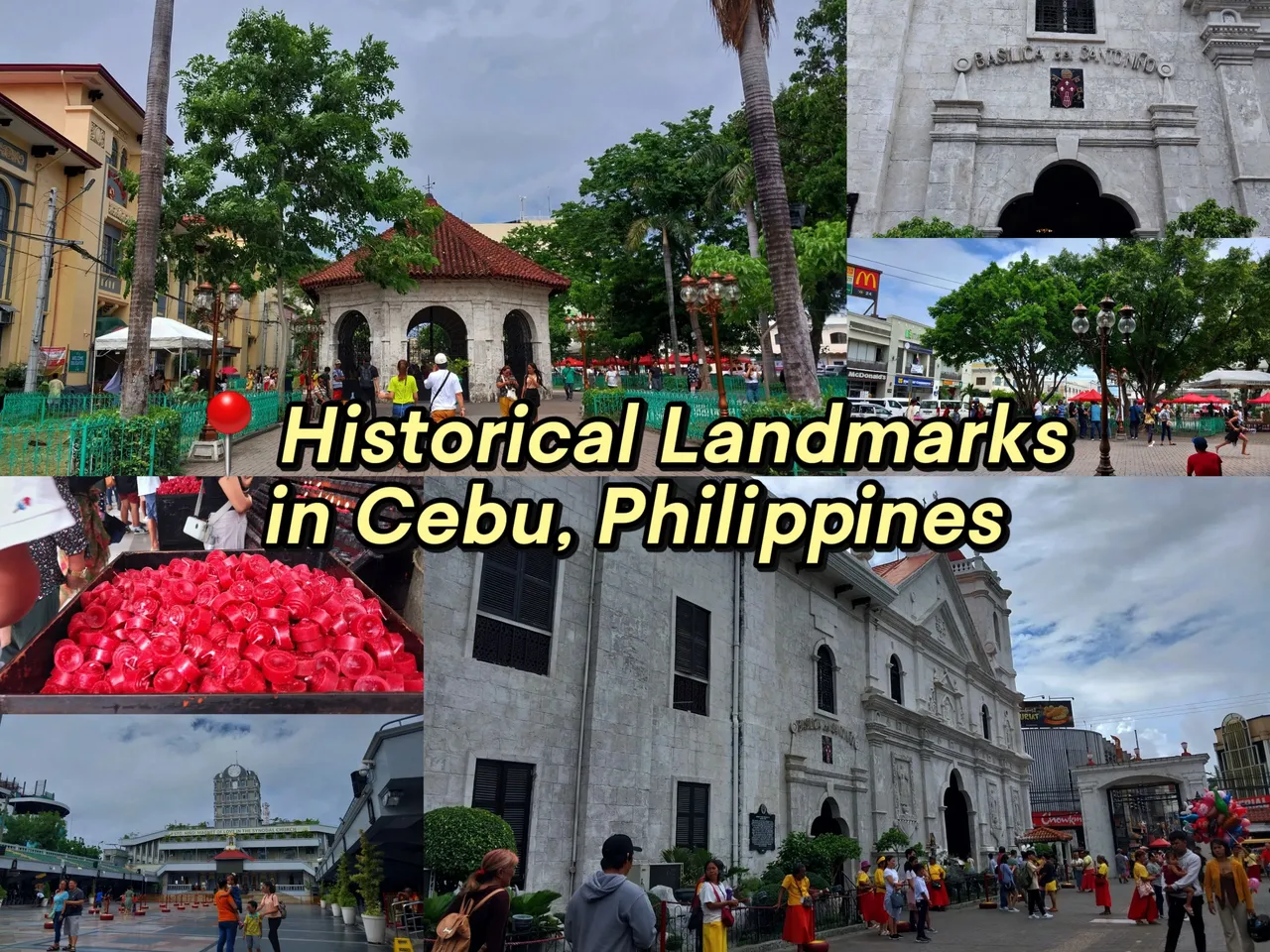
Situated in Plaza Sugbo (Cebu Plaza) is the infamous Magellan’s Cross beside the oldest known church in Cebu— Basilica Minore del Sto. Niño del Cebu at Magallanes Street, named after Ferdinand Magellan, who led the explorers of the Spanish Expedition of the first circumnavigation in the world.
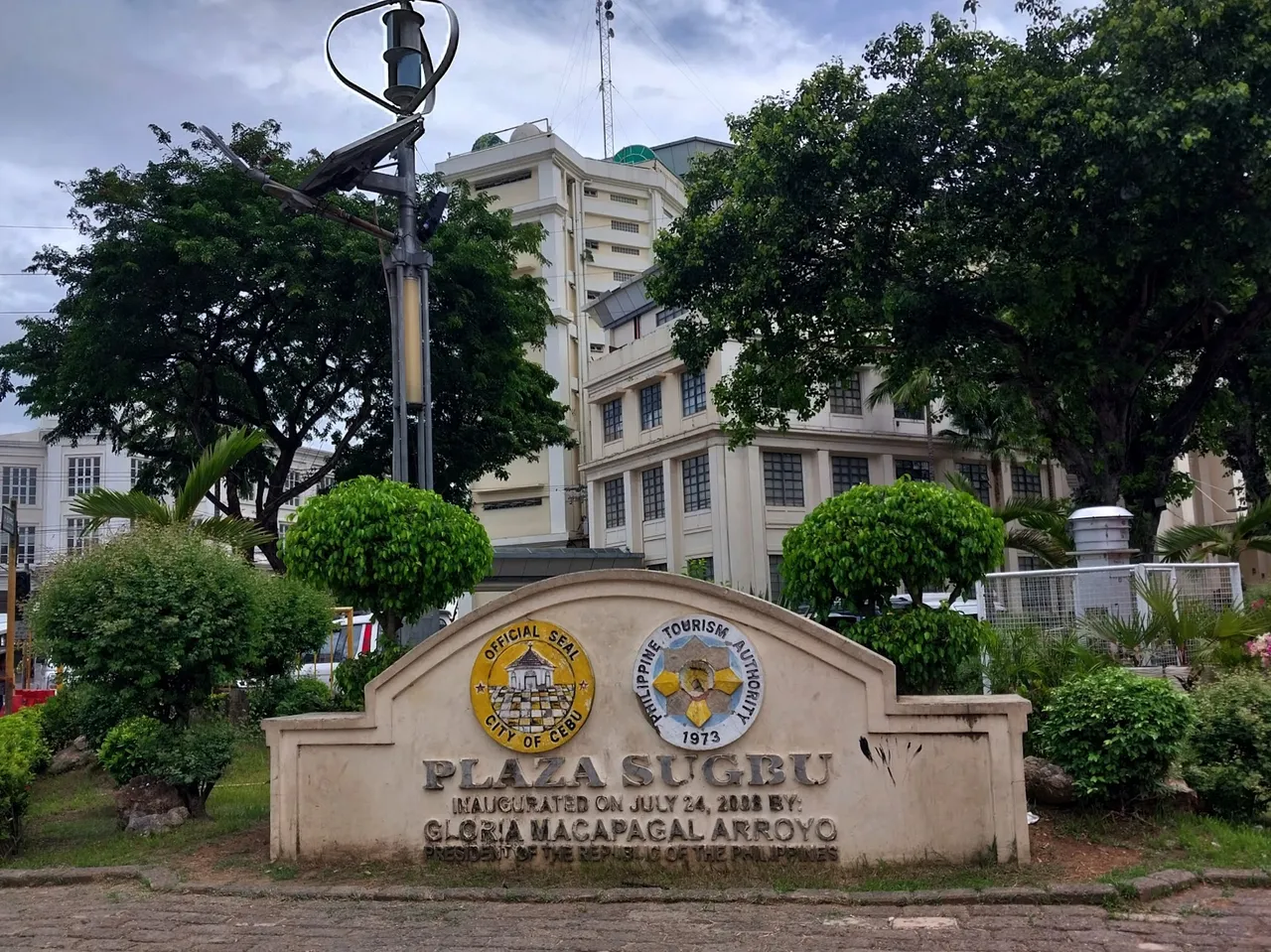
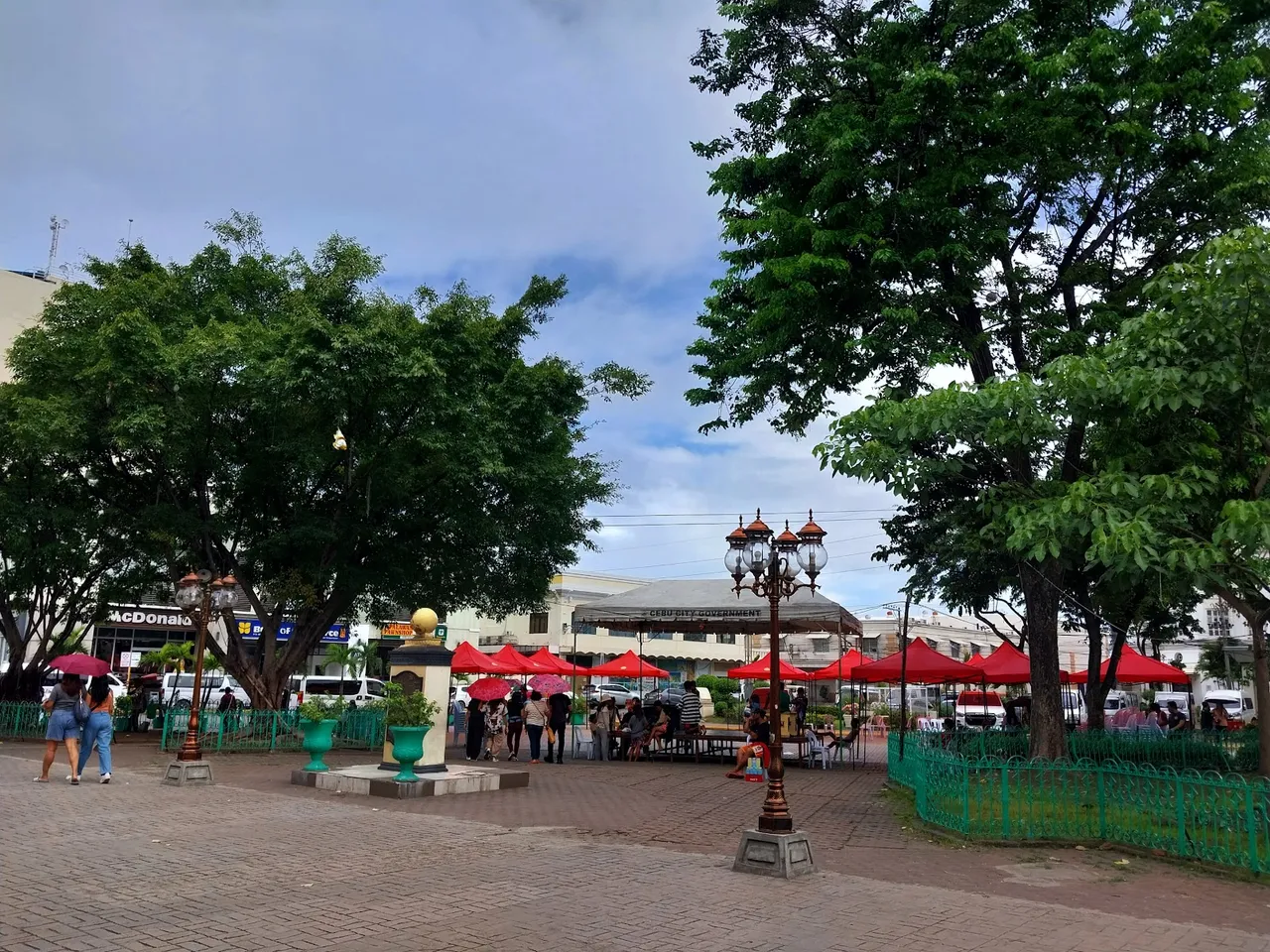
I’ve been to this place a lot now and they made renovations in the place but the prosperous atmosphere remained the same. The nostalgic feeling I got during my last visit to the area dominated me. I still remember when I was young, I’d be in awe at the aura of the place and indulge in so much joy whenever we got to visit and hang out with my family.
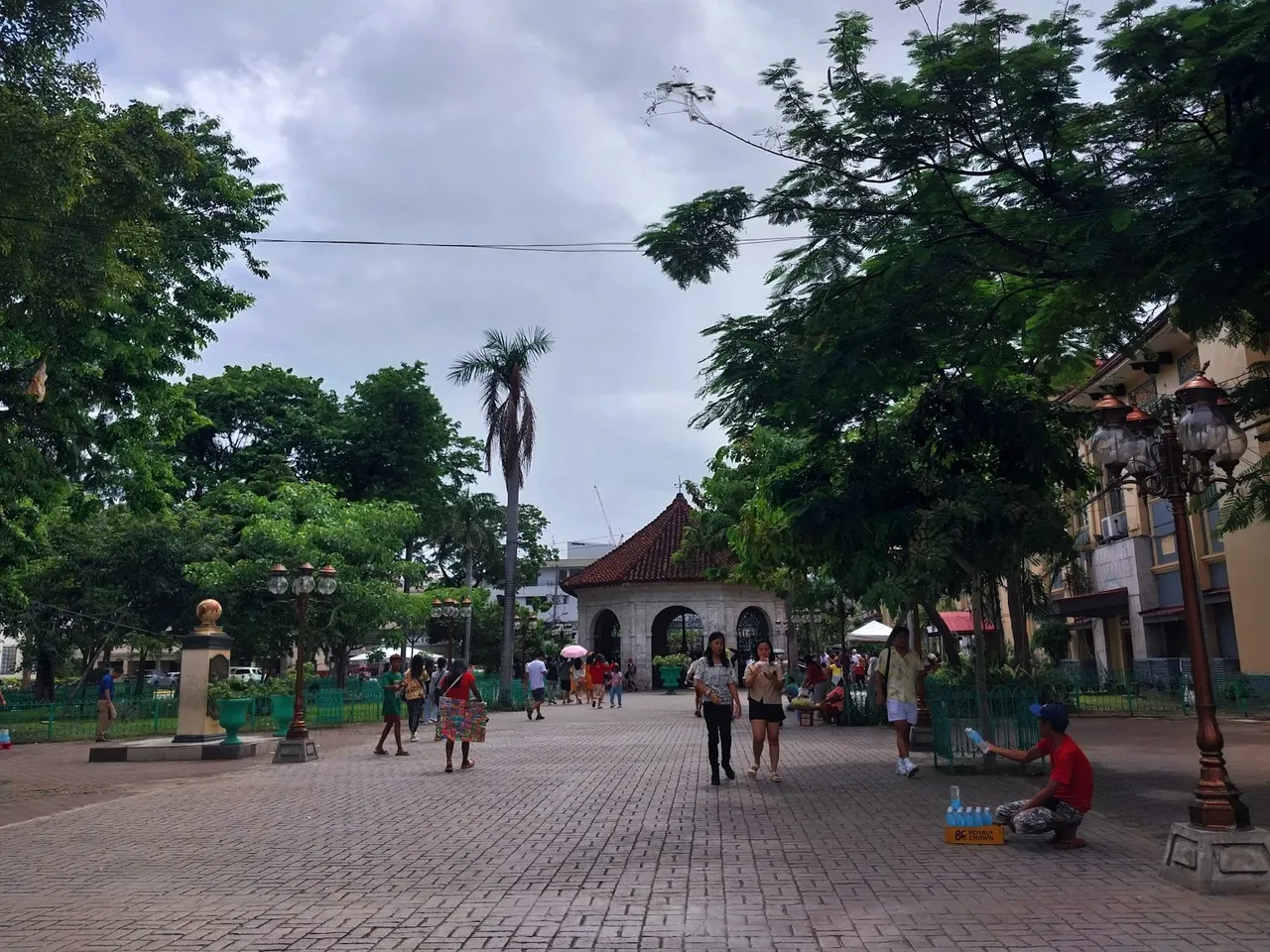
Magellan’s Cross is one of the many historical landmarks and traditional places to visit in the Philippines. It holds a significant part of our history, symbolizing the first Roman Catholicism and Europeans that were able to set foot in the Philippines in 1521. The Spanish and Portuguese explorers planted a Christian Cross and baptized the first Christian Filipinos here, a religion that was passed down to multiple generations even until today.
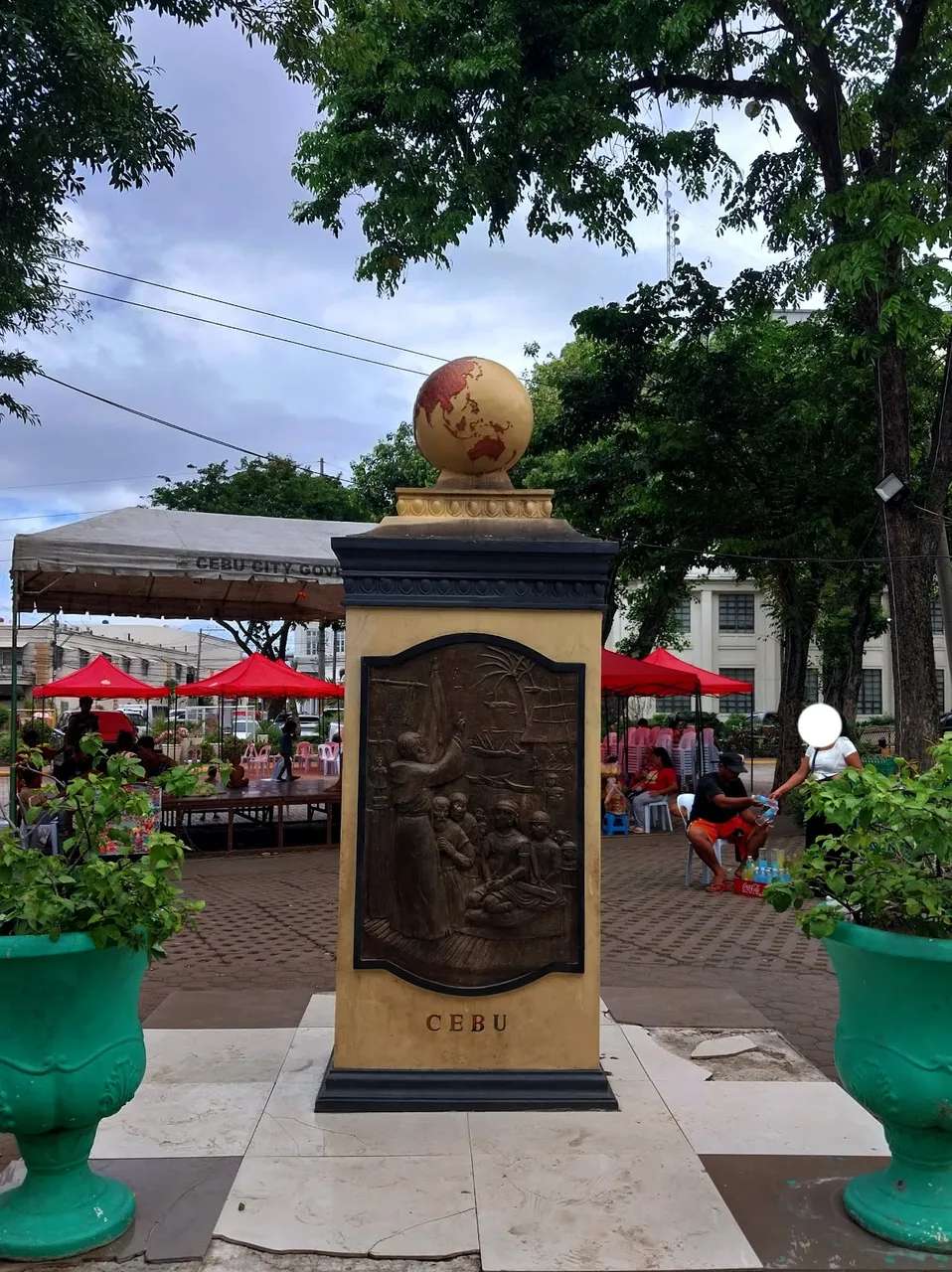
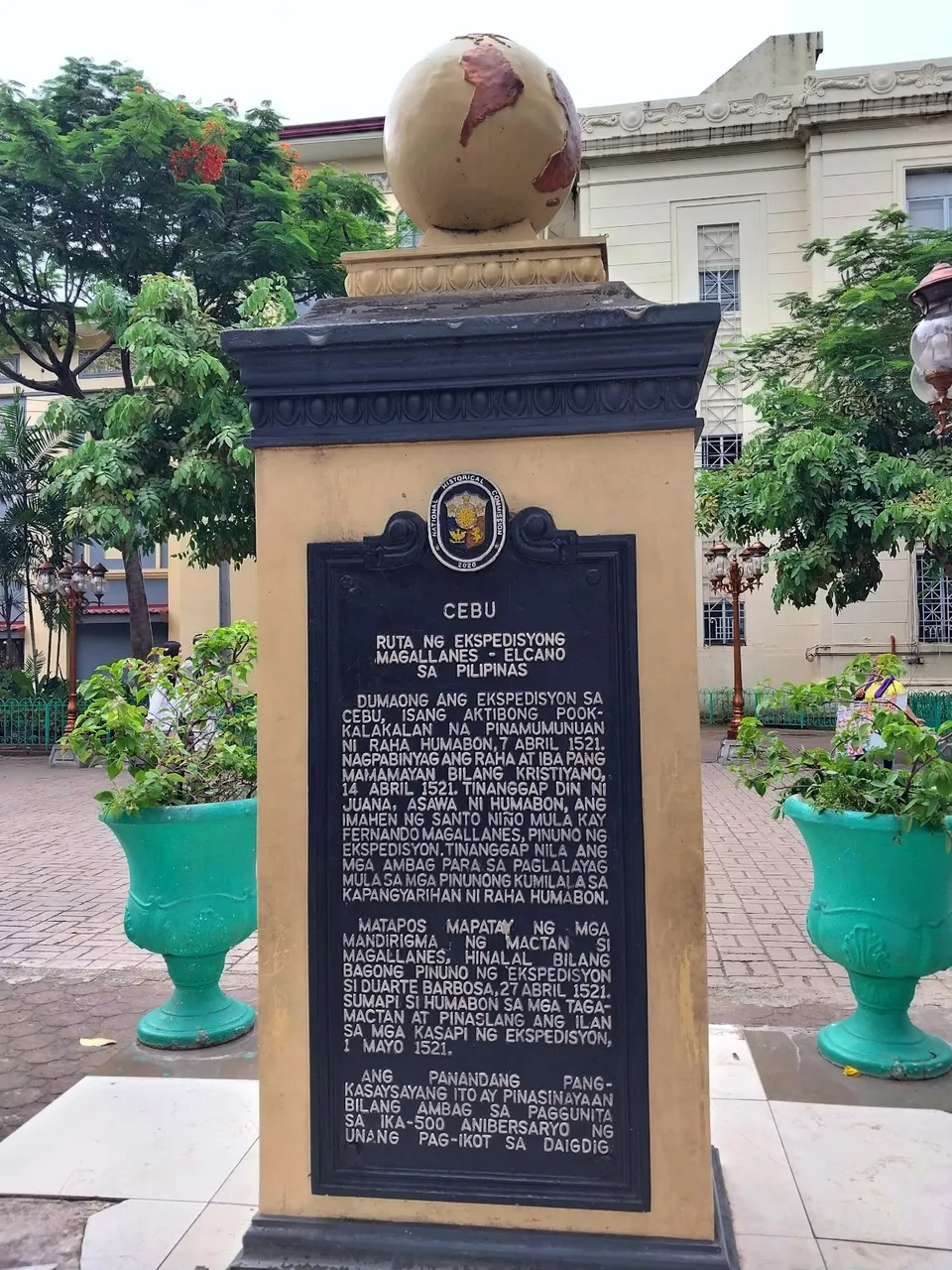
To remember the voyage around the world first made by Spanish explorers 500 years ago, they have built this historical marker.
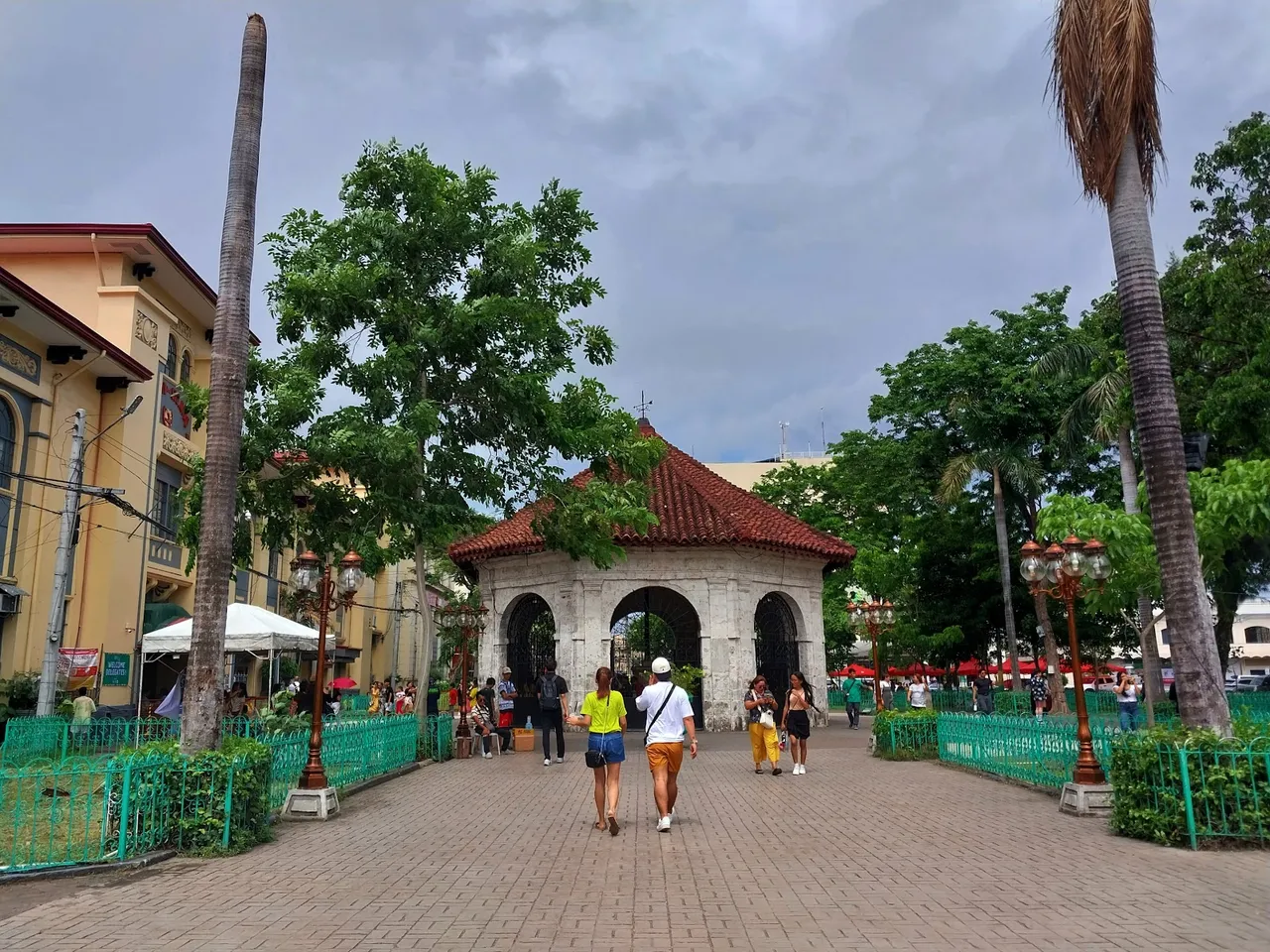
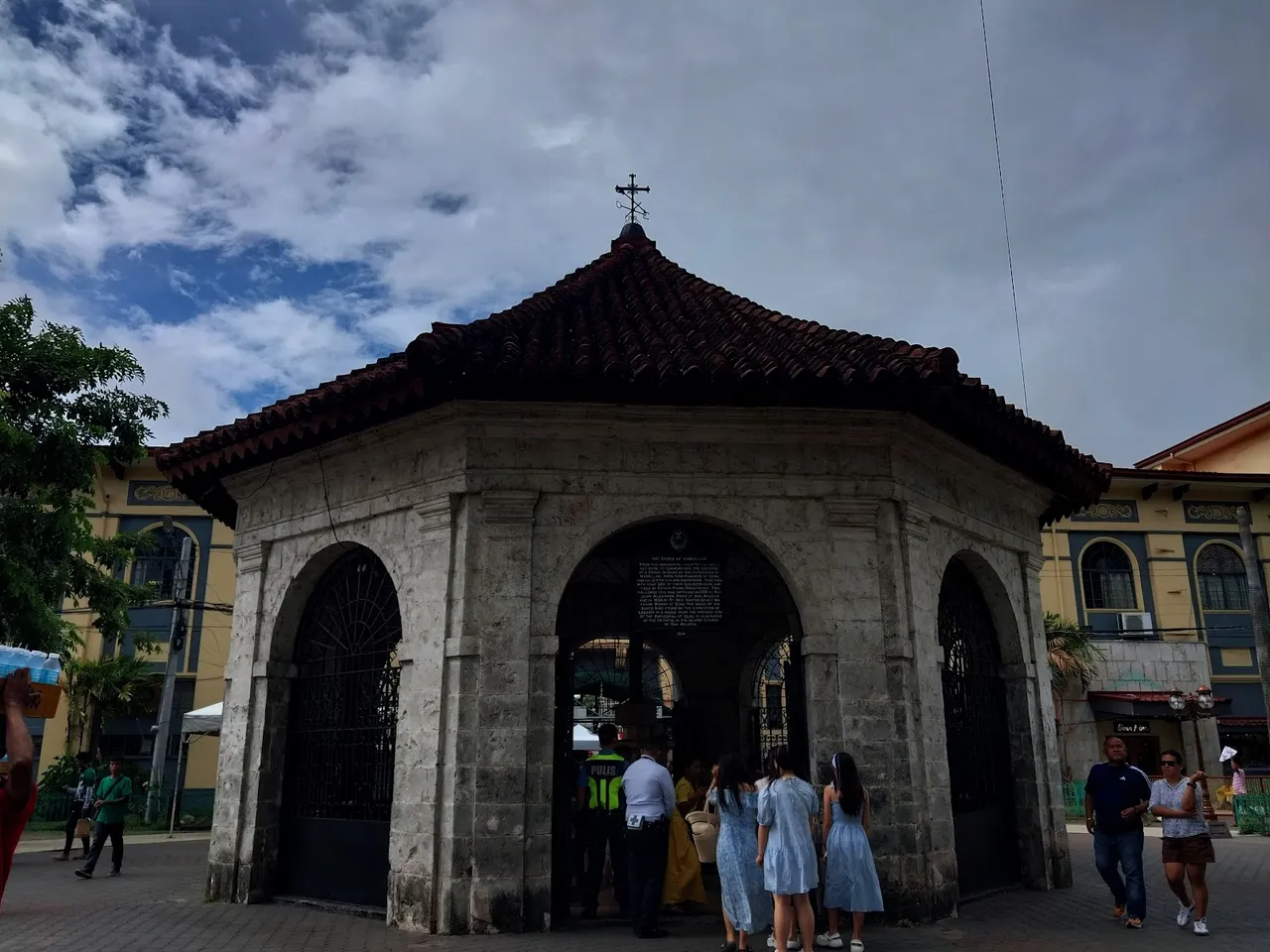
This is one of the notorious tourist sites to visit in Cebu, hence explaining its popularity among tourists. During my visit, people lined up in the Octagonal Pavilion to say their prayers and light their candles. My companions did not want to line up so we didn’t stop by. We visited the Basilica Minore del Sto. Niño del Cebu instead, which was just beside the Pavilion.
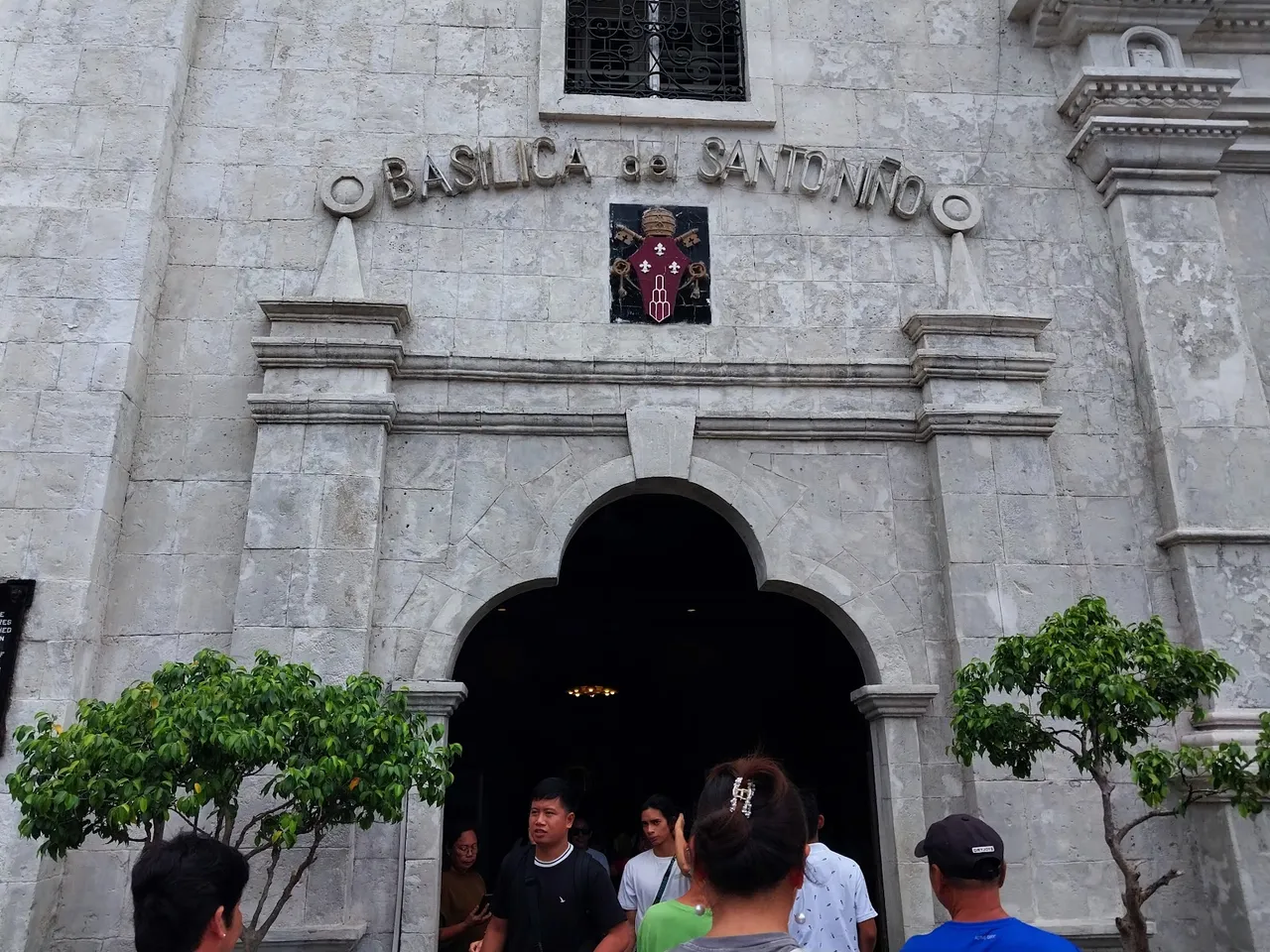
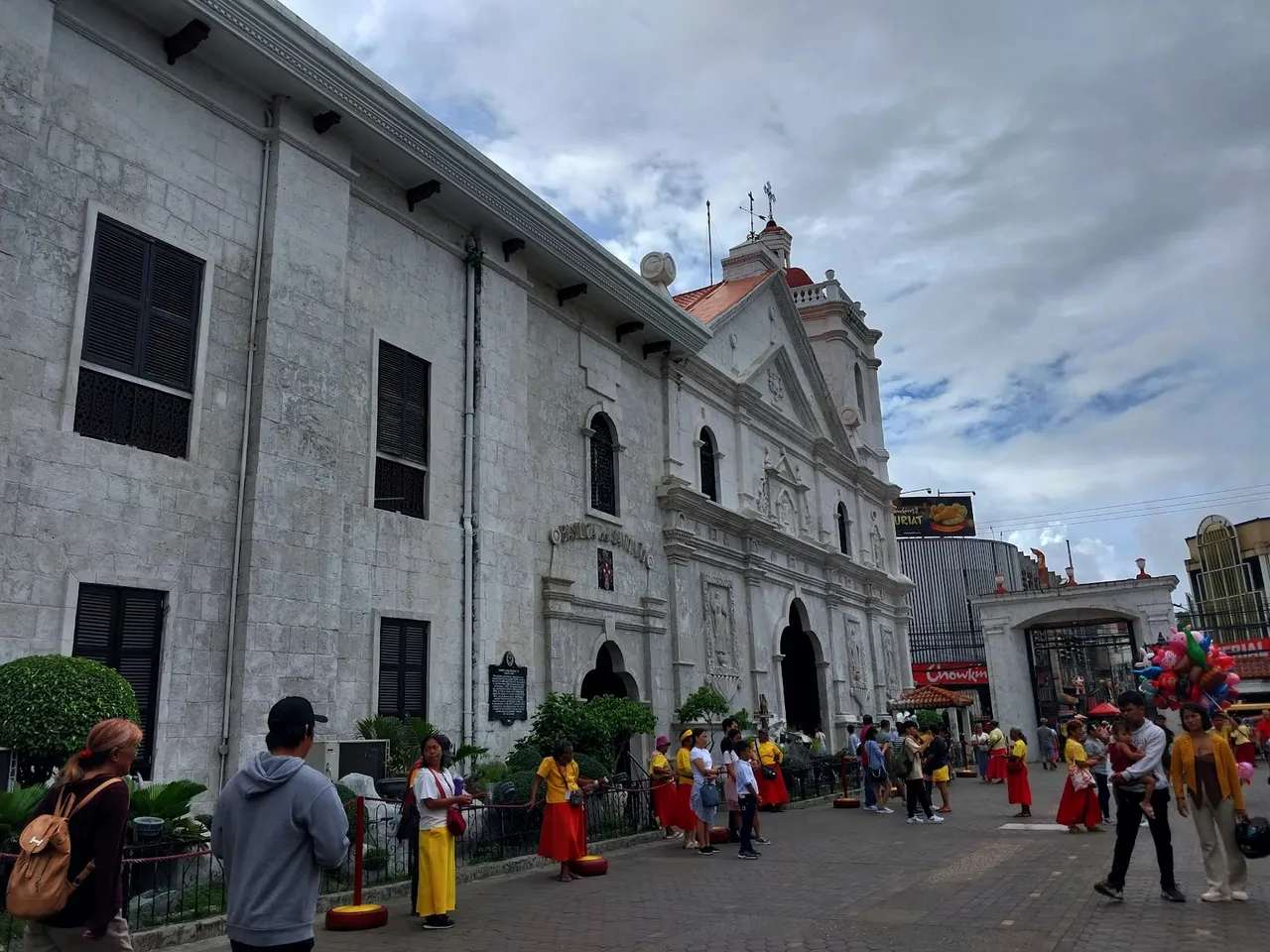
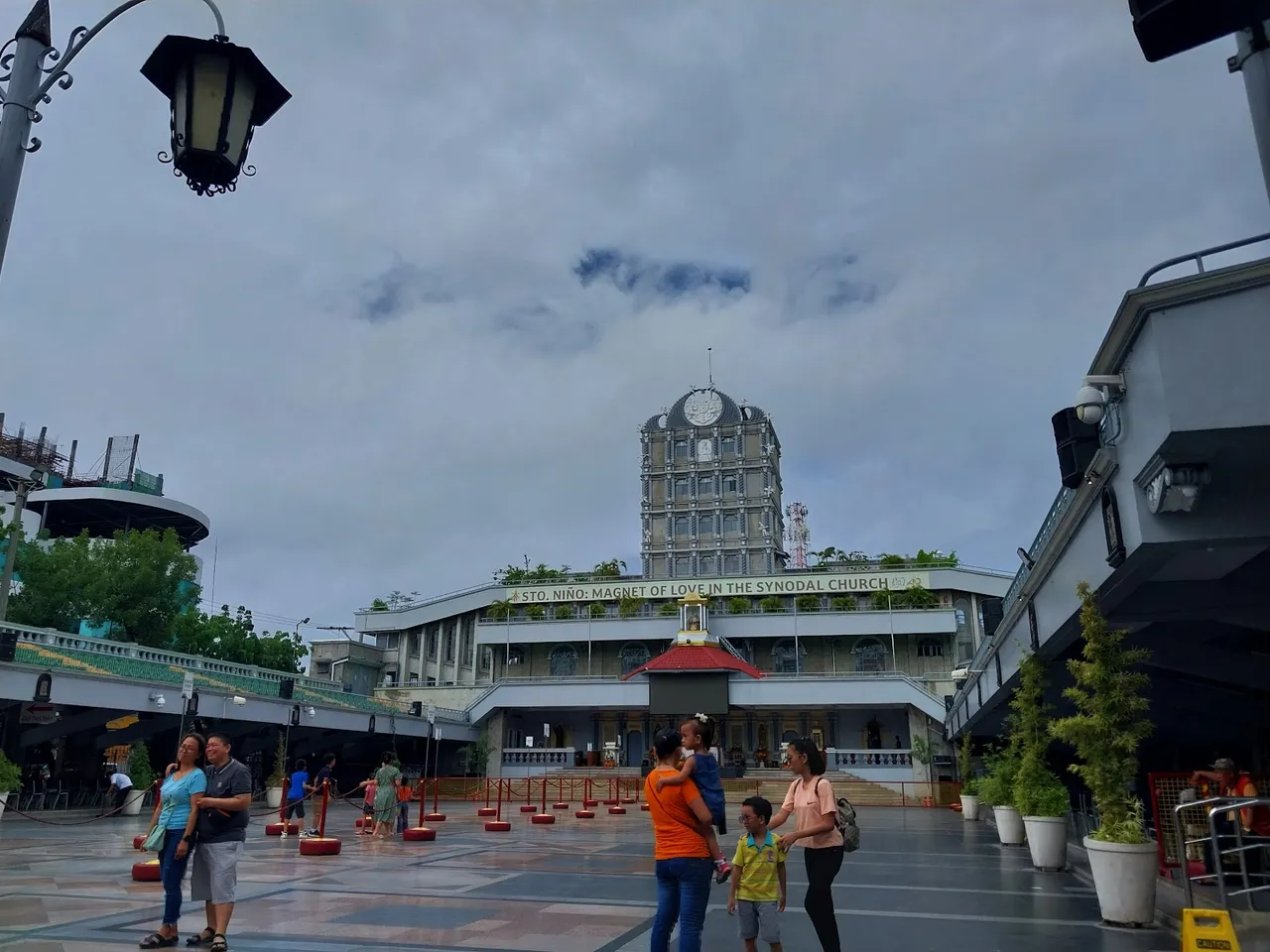
Basílica Minore del Santo Niño del Cebue is known for being the Mother and Head of all Churches in the Philippines. It is the oldest Roman Catholic Church in the Philippines founded in the year 1565. During an expedition undertaken by the Spanish explorer Miguel López de Legazpi, the image of the Santo Niño, signifying the infant Jesus, was discovered in this place.
I haven’t visited the place for a long time now and the atmosphere is still the same. The place remained traditional and cultural as it is. There are worshippers scattered across the place selling and offering candles along with communal prayers. And people visiting the Holy place together with their loved ones or their families.
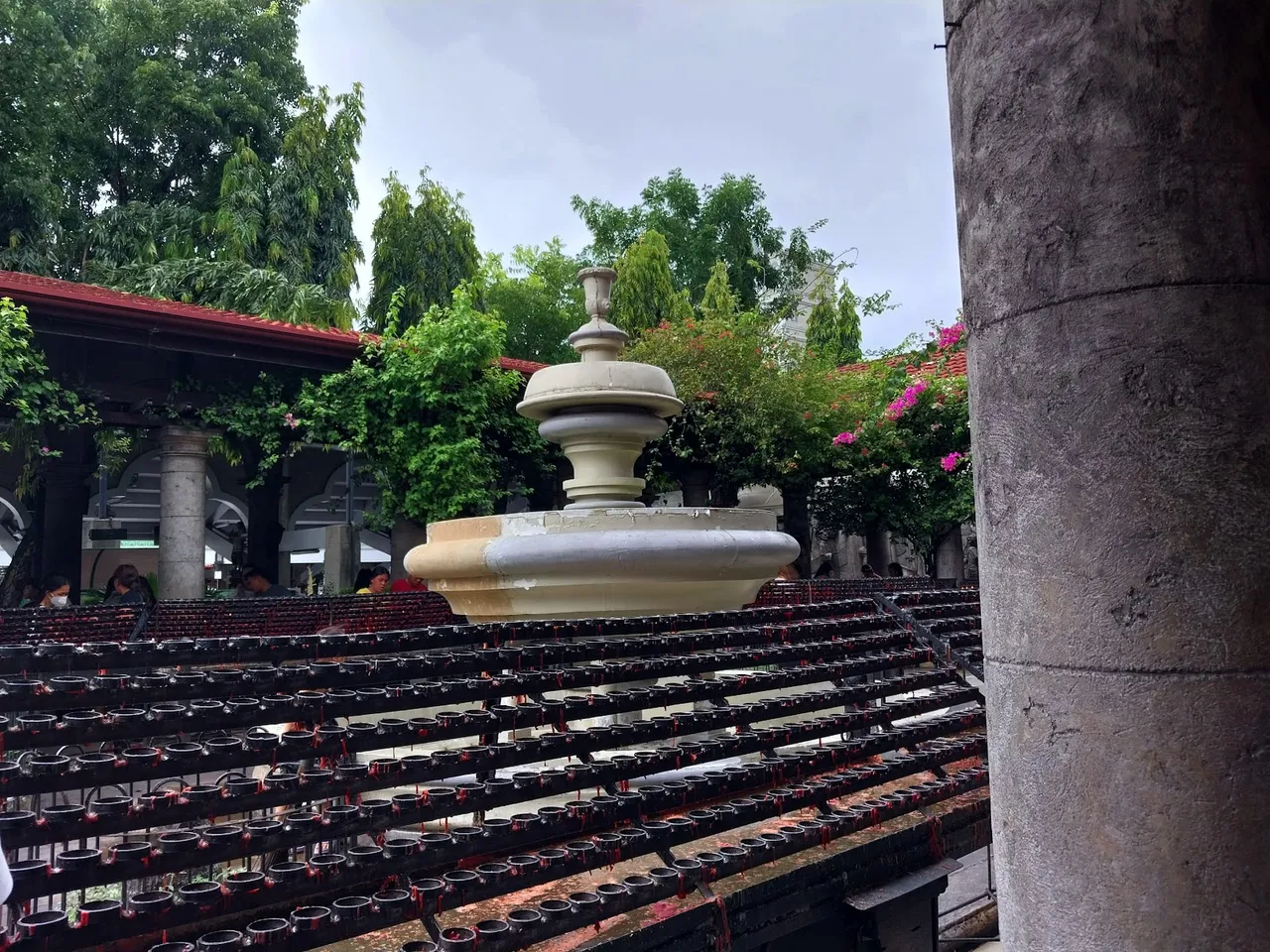
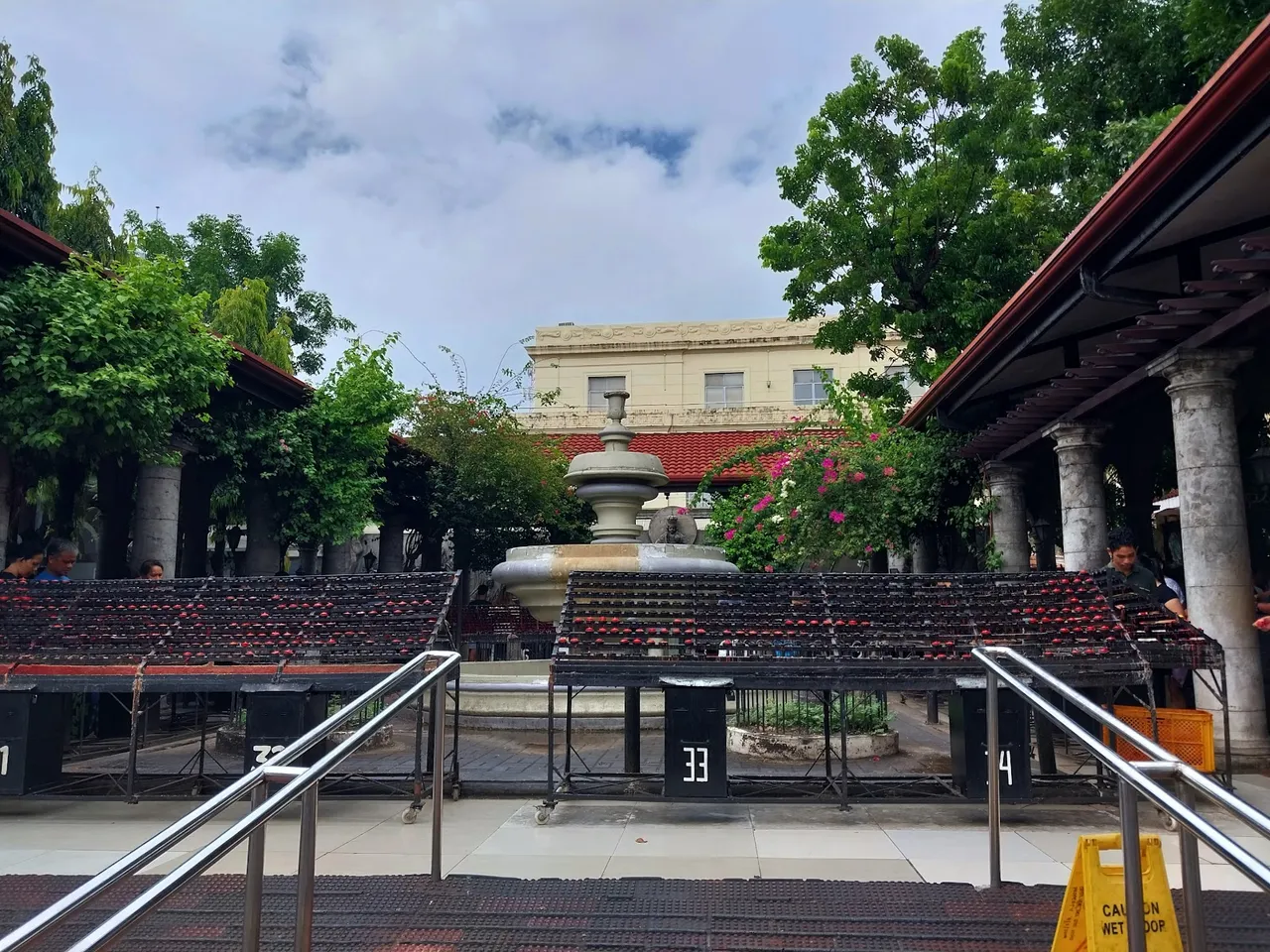
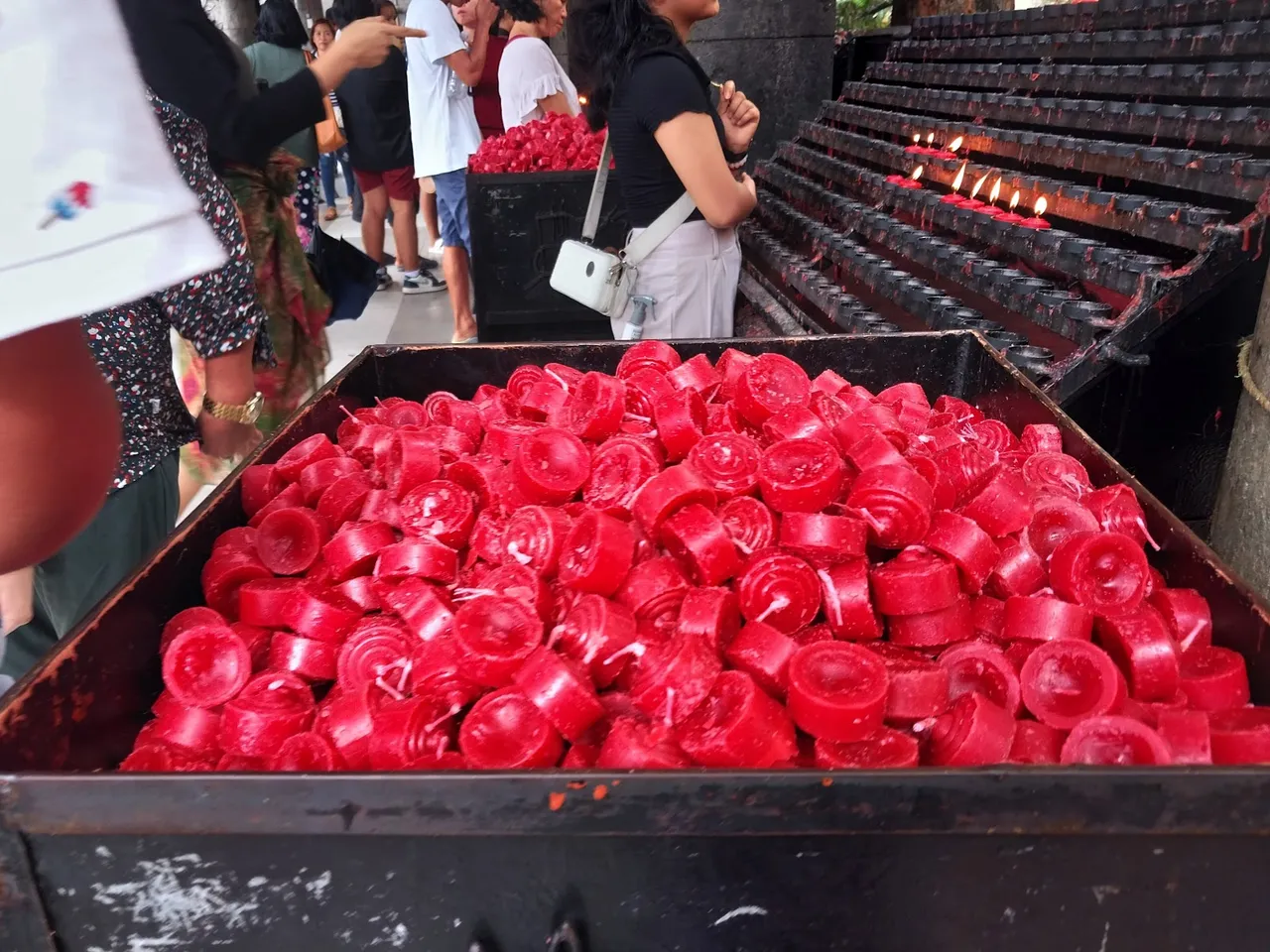
Traditionally, it is in our nature as locals to visit this place and say our prayers whether we are in need and we have something to ask for or we are grateful for something. When we were through visiting the Basilica to see the image of Santo Niño who is considered the Patron Saint of Cebu City, we went to the candle section where I lit the candles for my prayers.
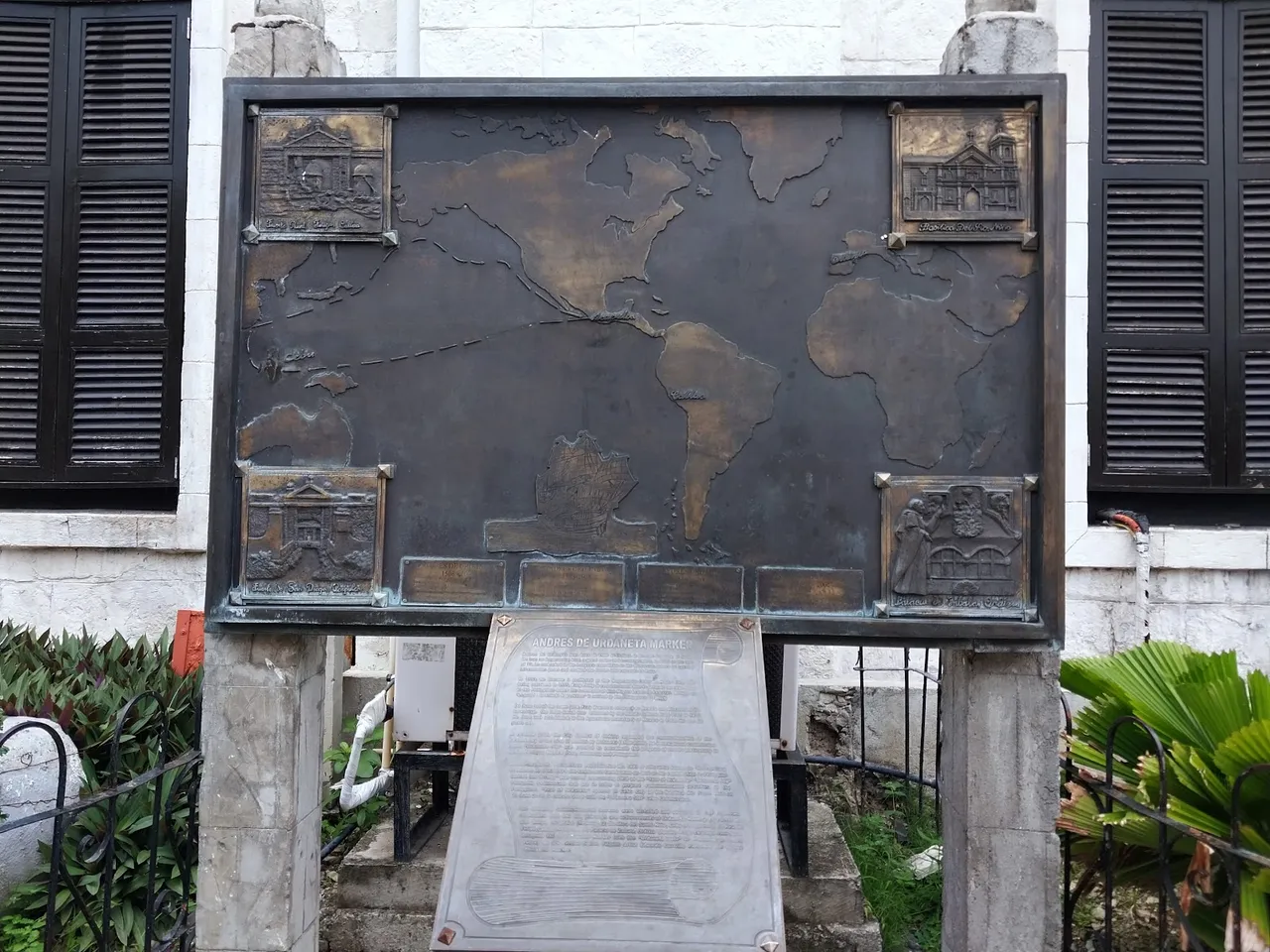
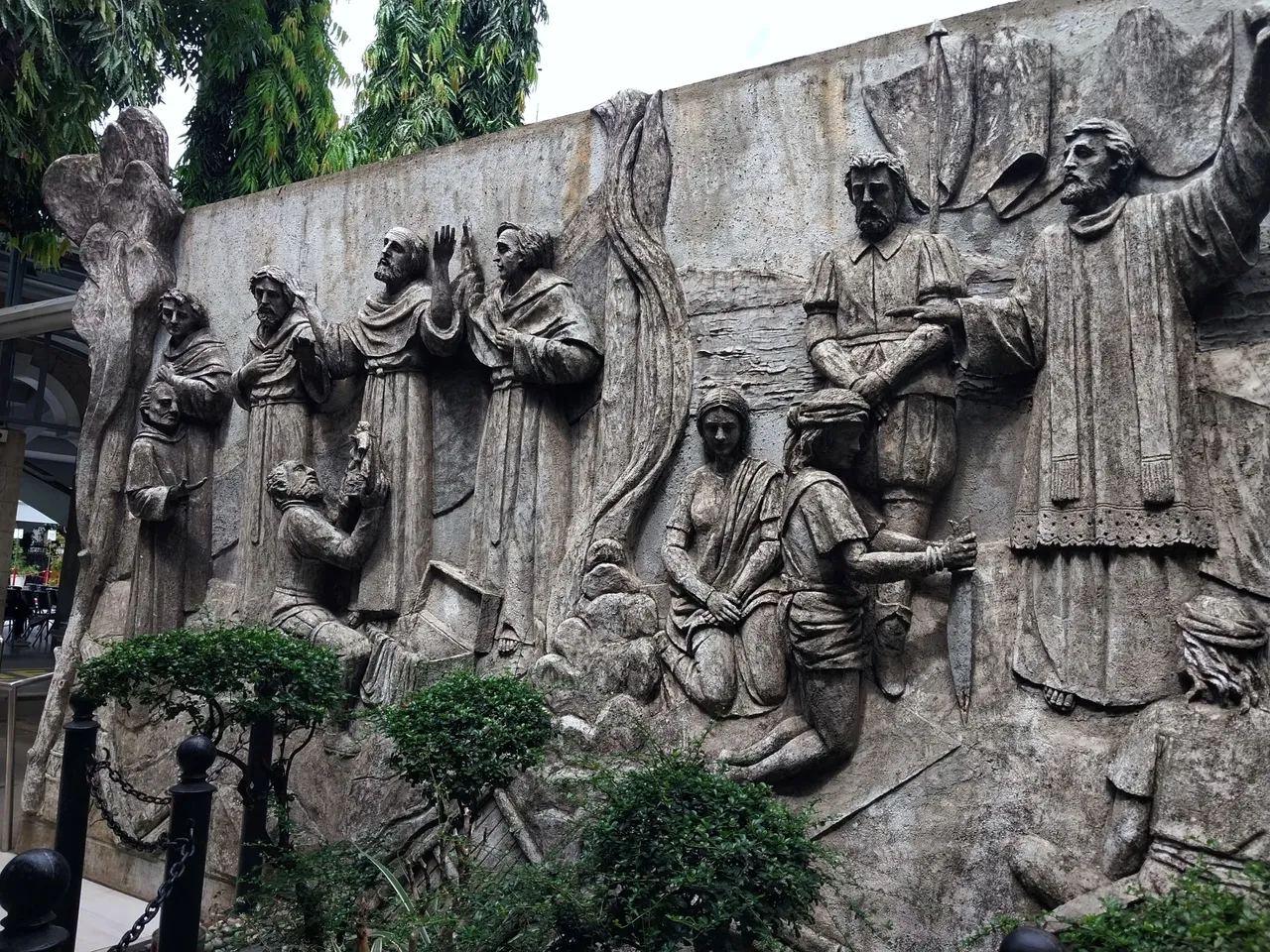
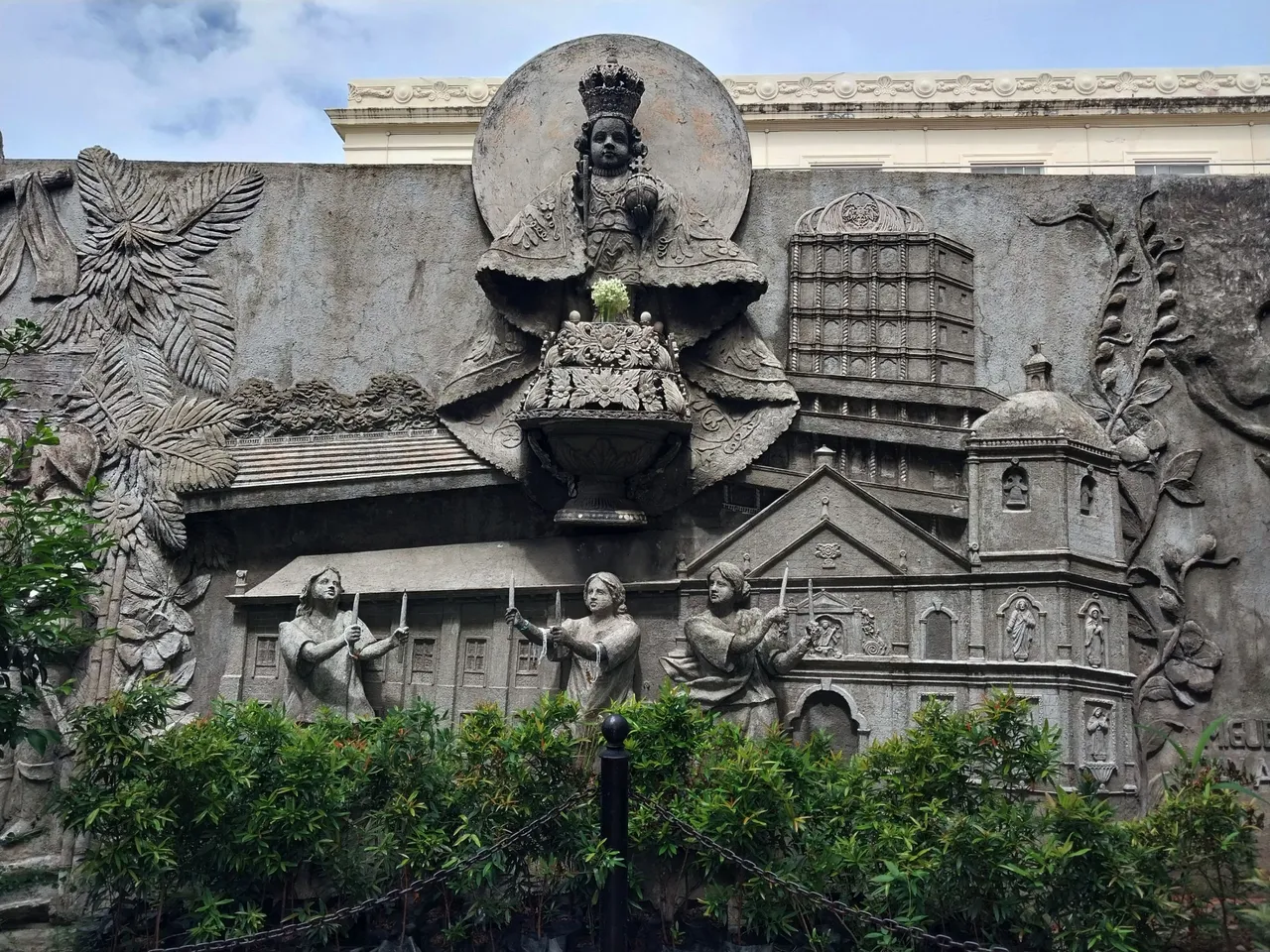
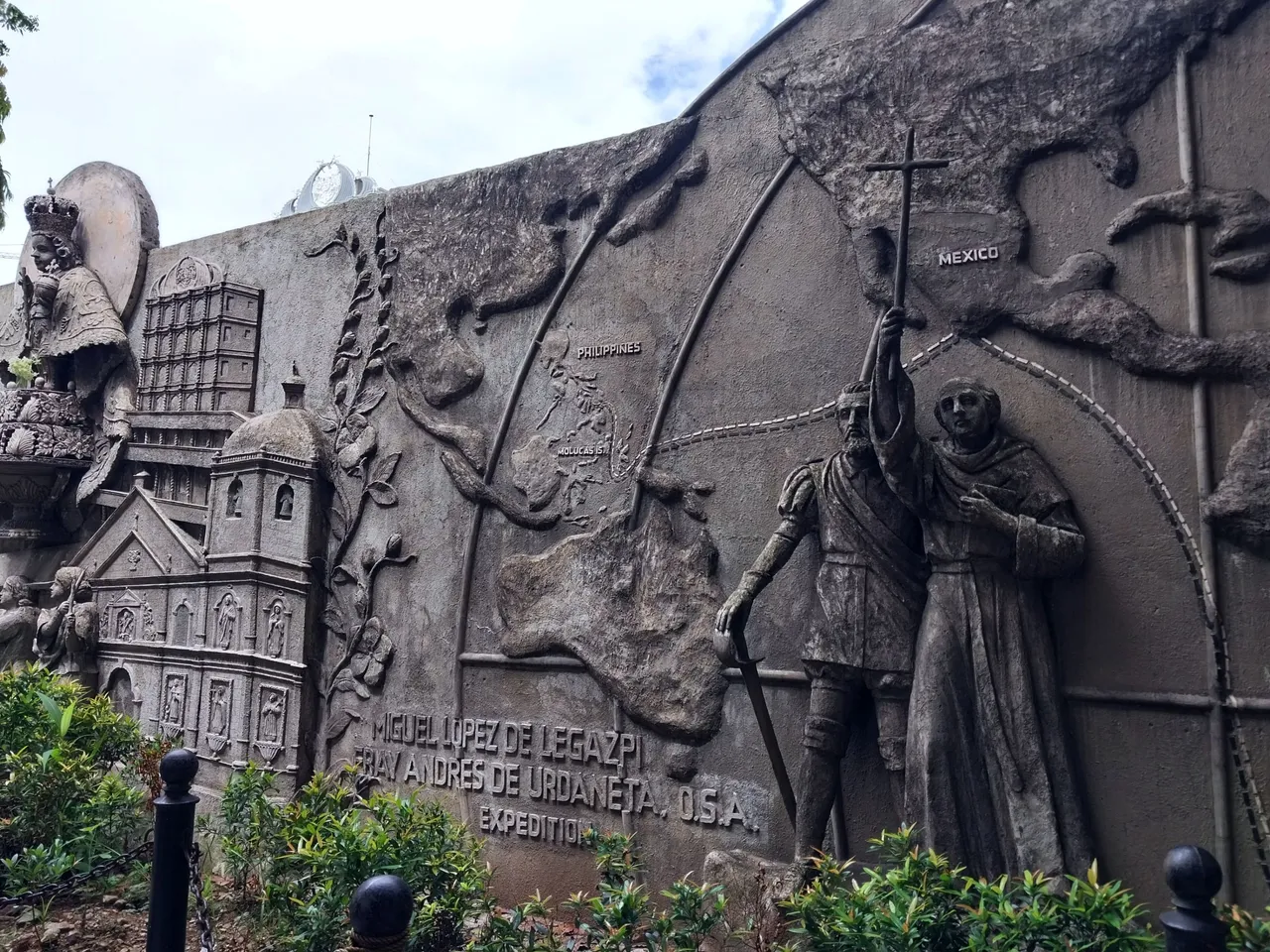

You can see the intricate designs engraved on the walls and the route of the voyagers from Spain all around the world. Led by Ferdinand Magellan, they sailed across the seas and discovered the Philippine archipelago— they set off for Cebu where they planted the first Christian Cross (the Magellan’s Cross).
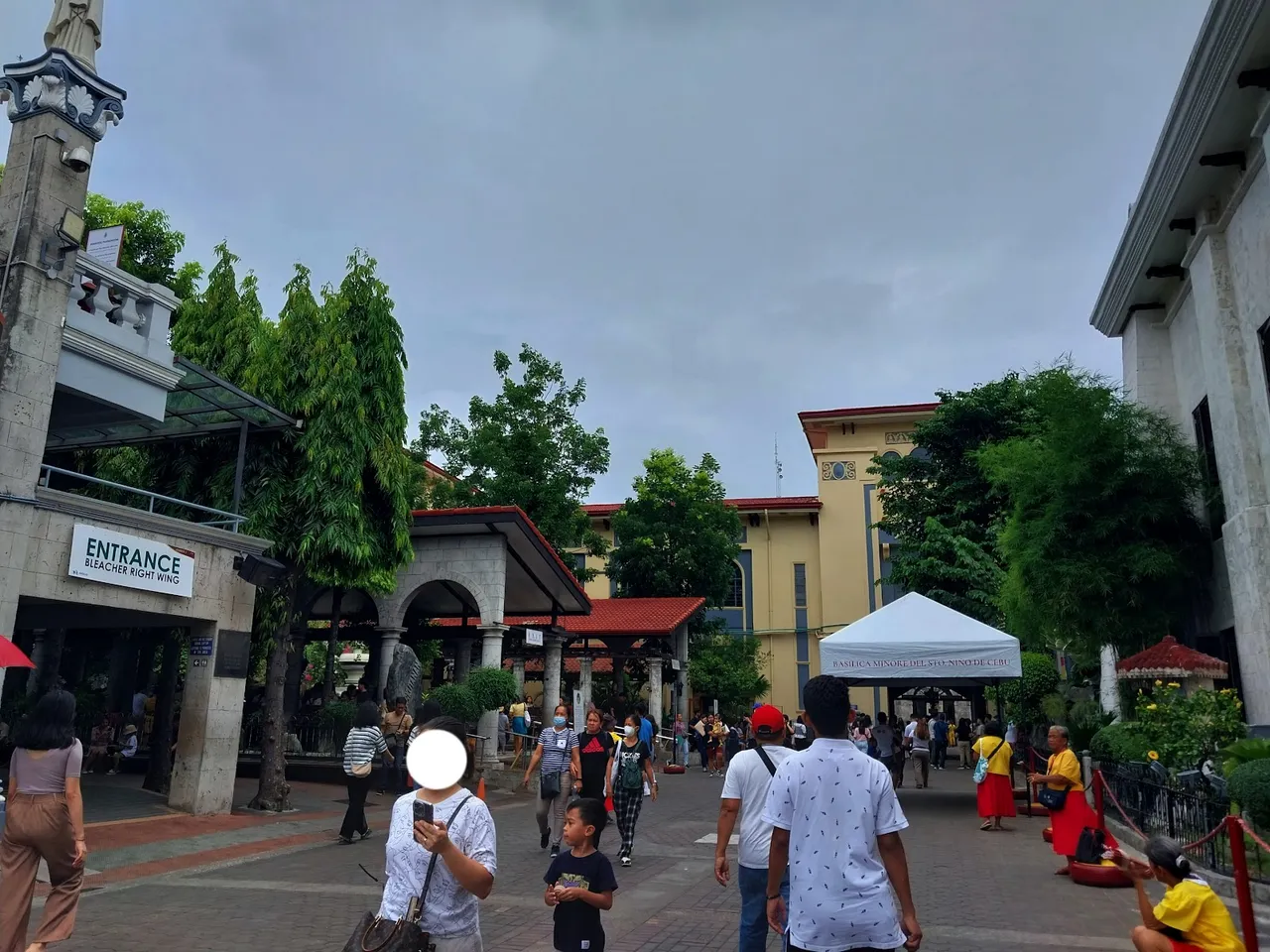
It was a quick visit, fortunately, the place was not too busy. So we were saved from the hustling and jostling crowd of people.

After that visit, we continued our day running errands and I spotted these souvenir shops along the street. I took this picture because I found this a picturesque moment.
I hope you enjoyed reading! I’ll end this blog with a quote that fits well with these mentioned historical places in Cebu, Philippines.
— Franklin D. Roosevelt